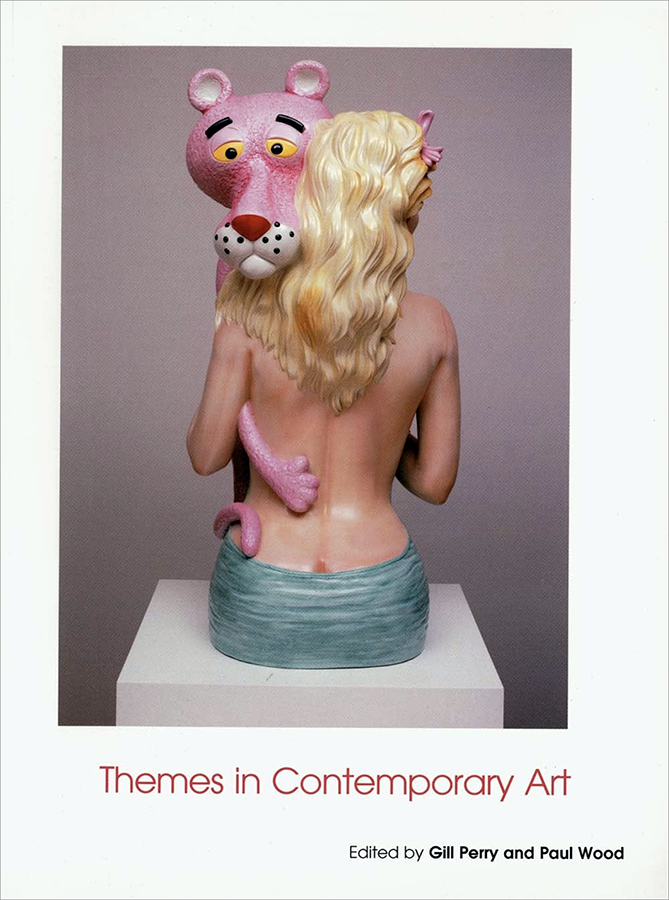
‘Dream houses: Installations and the Home’
In: Perry, Gill and Wood, Paul eds. Themes in Contemporary Art (New Haven: Yale University Press, 2004), pp. 231–276.
This is chapter 6 of a book Themes in Contemporary Art that looks at different aspects of the postmodernism that has dominated art since the 1960s. The book was set reading for an Open University course Art of the Twentieth Century, first launched in 2004. Focussing on the work of Louise Bourgeois, Doris Salcedo, Mona Hatoum, Rachel Whiteread and Cornelia Parker, Perry’s chapter explores the evolving nature of installation art, and the possible significance of gender issues in the production, viewing and understanding of this form of art practice. She considers several installations that share the character of ‘architectural sculpture’ referring to the (often) enclosed spaces of the ‘home’. The ‘home’, rather than its material correlate the house, is conceived here as a space that is marked by social, economic, cultural and gender relations. As such it is often seen as the site of the ‘feminine domestic’, a concept that is explored by Perry in relation to a range of installation works. She argues that for a full understanding of these ‘architectural sculptures’ we may need knowledge of narrative meanings provided by the artists (for example in Bourgeois’s Passage Dangereux, 1997), alongside that of well established (gendered) associations evoked by their sculptural manipulations and juxtapositions of domestic objects. She argues that these memorials and ‘dream houses’ also reveal these artists as engaged with complex sculptural and tactile processes of making, constructing, casting and assembling, all of which contribute to the aesthetic complexity and imaginative possibilities of installation art.